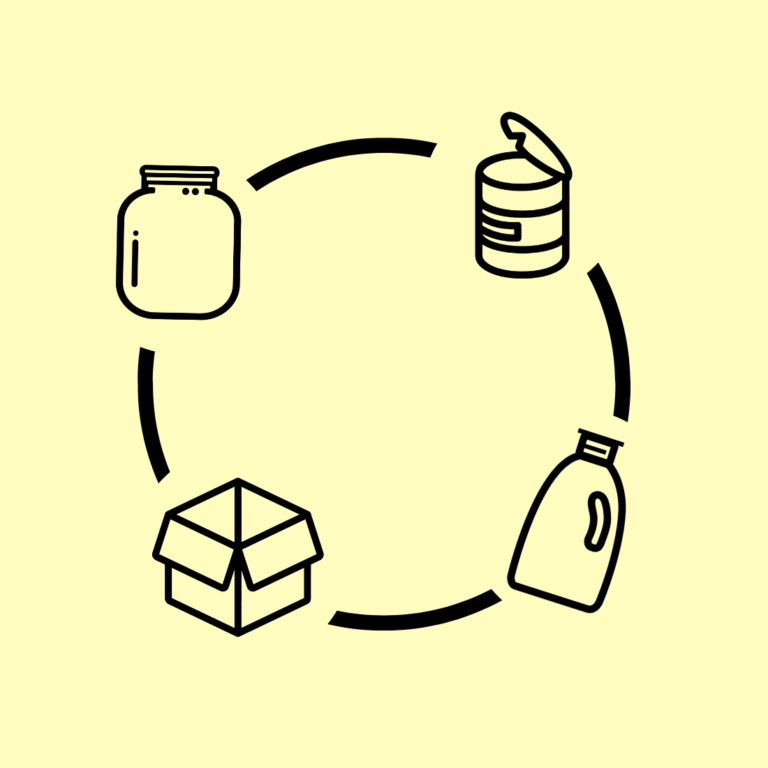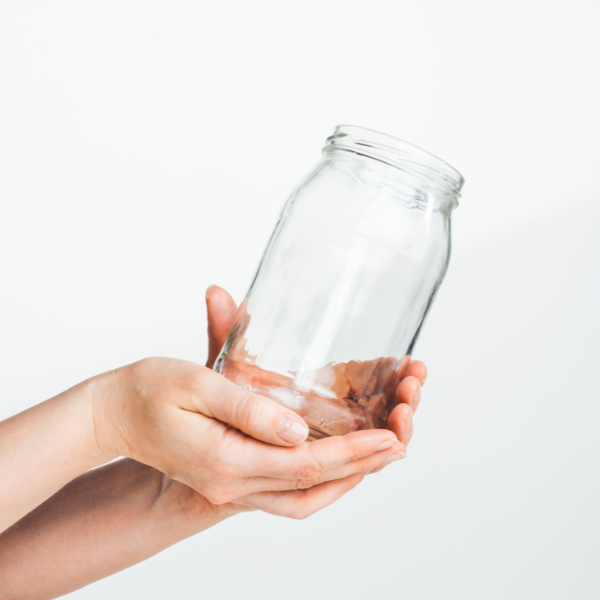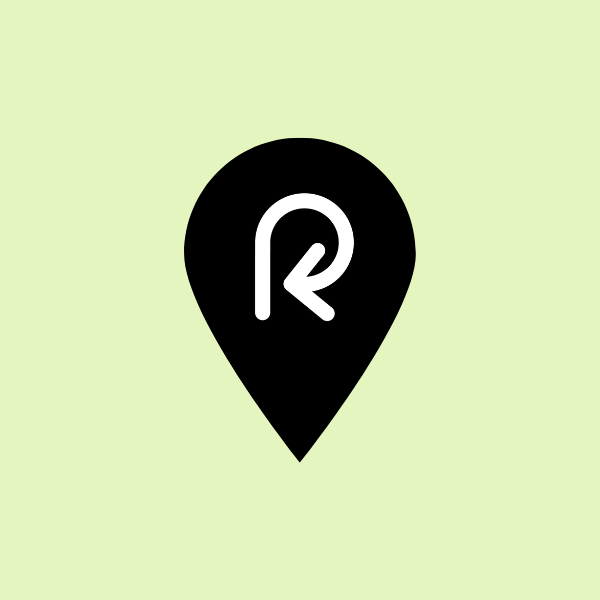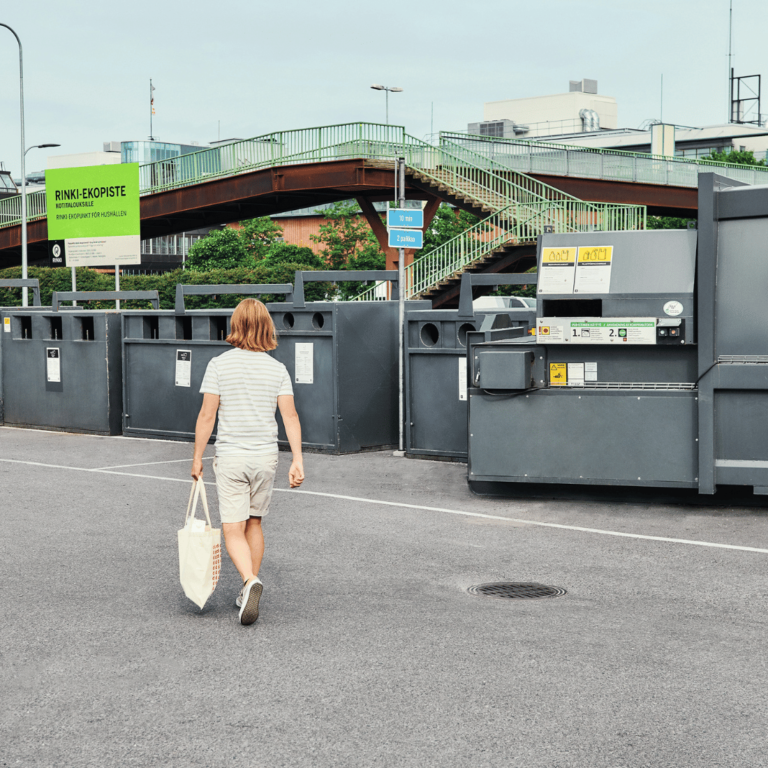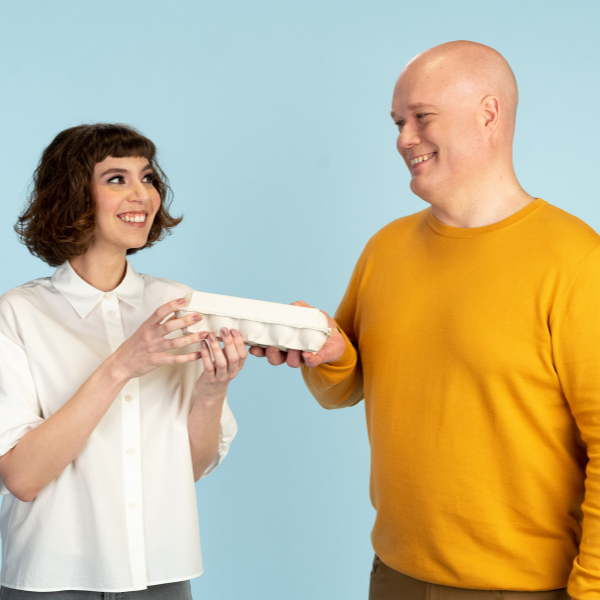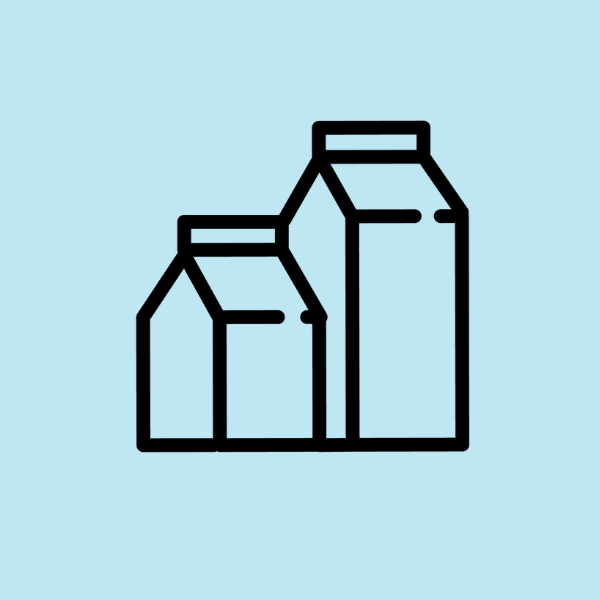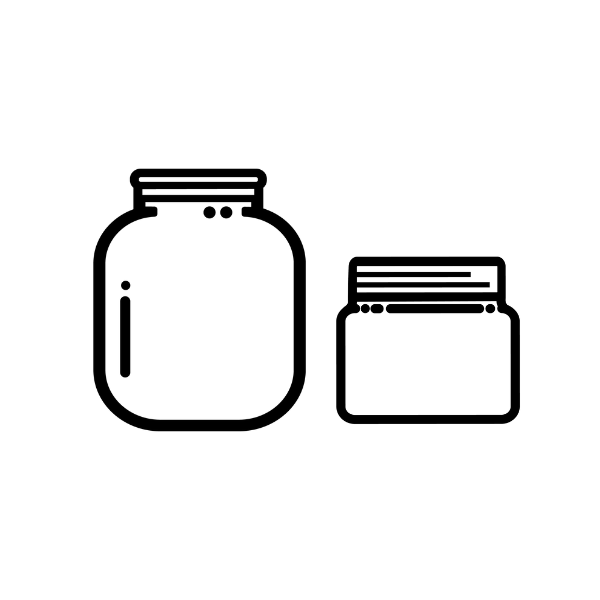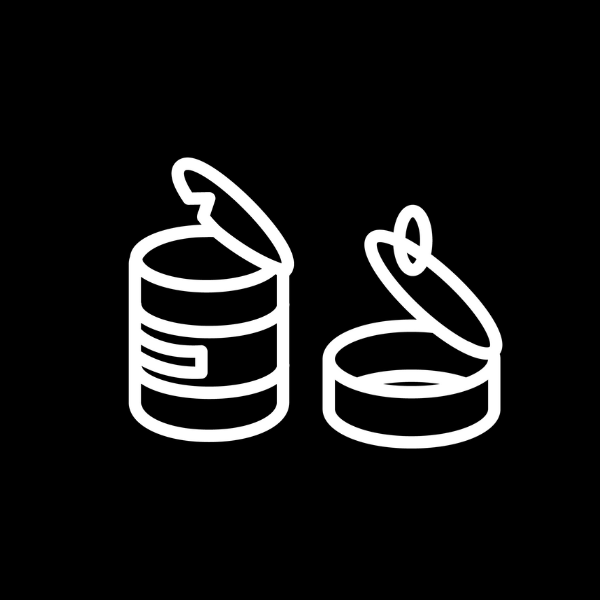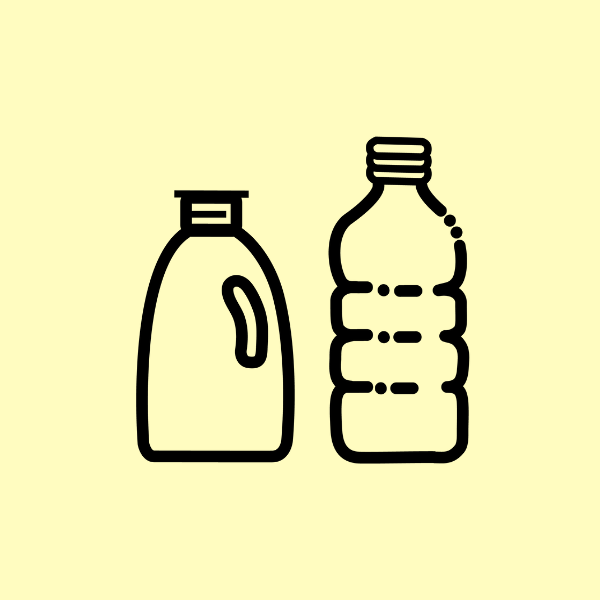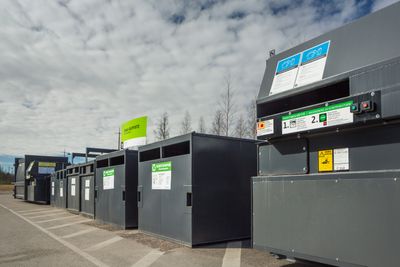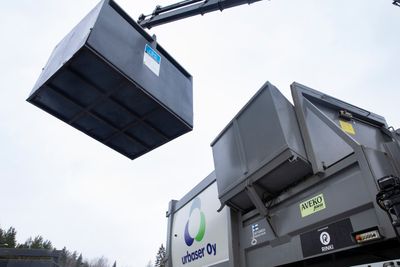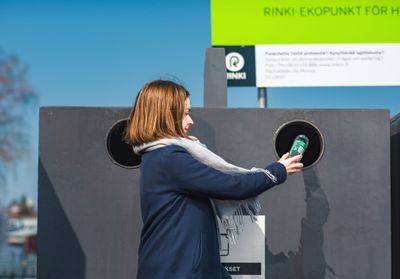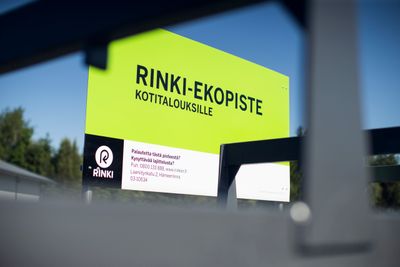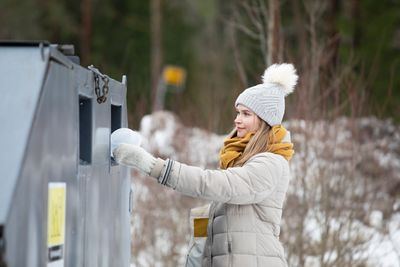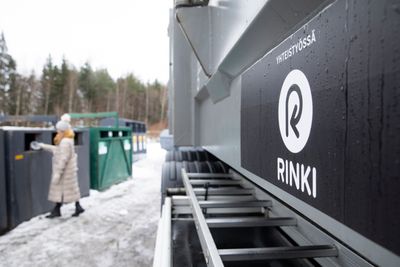Be an eco action hero
Sorting packaging waste in Finland
Packaging waste can be taken to your own property’s collection point or to Rinki ecopoints. In addition, some municipalities maintain their own eco points, which also serve households.
In Finland, waste management is jointly organized by municipalities and municipal waste facilities, private companies and producer organisations of packaging and other products. Rinki takes care of the collection of household packaging waste, i.e. plastic, metal, glass and carton packaging, at Rinki ecopoints all around Finland.
It is often most convenient for citizens to take their packaging waste to a collection point in their own property. If you don’t have a container for sorted packaging in your yard, you can also take packaging waste to Rinki ecopoints and ecopoints maintained by municipalities. All general collection points in Finland can be browsed at kierratys.info.
The new Waste Act, which entered into force in summer 2021, extends the obligations of companies with producer responsibility for packaging from summer 2023. This means that from 1 July 2023, at the latest, all housing companies with at least five households in Finland must have a container for packaging waste (cardboard, glass, metal and plastic).
There are more than 75,000 properties with at least five apartments in Finland, and more than half of Finns live in them. This collection is organized by municipalities in cooperation with packaging producer communities. If you live in a property with more than five apartments, and there are no containers for packaging waste in your property, please contact your municipality’s waste management company.
Photo: HSY
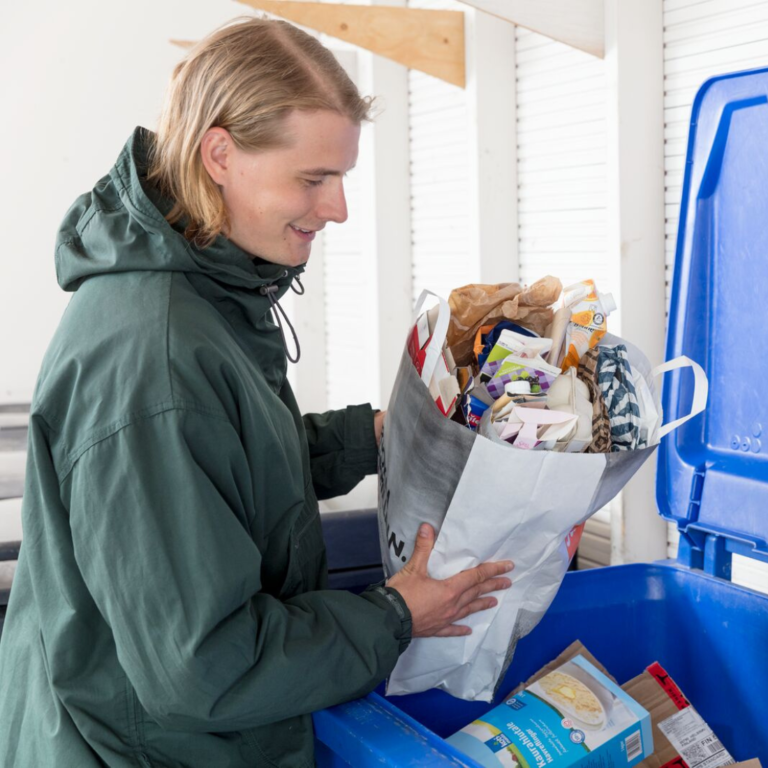
Not sure if your packaging is made of metal?
Perform a scrunch test! If the packaging does not return to its original shape, it is metal. If it returns to its original shape, it’s not metal. Easy, isn’t it?
Sorting is a part of sustainable consumption
All types of packaging serve the same purpose: they do their best to protect products. When the packaging has done its job, it needs to be recycled.
Benefits for the environment
It is important to keep materials in circulation for as long as possible. When we recycle packaging, we reduce the collection, transport and handling of new raw materials, which, in turn, saves energy. And when we decrease our energy consumption, we also generate less carbon dioxide. Recycling is perhaps the easiest way to fight climate change.
Benefits for you
You save money by sorting and recycling, as emptying a mixed waste bin is more expensive than other waste. The most valuable thing, however, is feeling that you have done your bit for the well-being of our planet.
